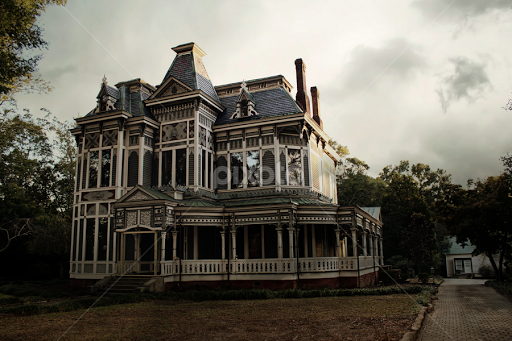
Instead of getting into another one of my stories this week as January comes to a close, I want to take this time to introduce myself a little more. I know that I’ve said that I love story, but what does it mean to really love the art of story?
Writing is something that has always come more naturally to me than to other people. Maybe it came from the fact that I’ve always eaten up any fiction book I could get my hands on, or maybe it really was something that was natural. Either way, I’ve loved all the writing classes I’ve taken, always fascinated by the different elements of story and how they worked. But even though I was learning about plot structure and symbolism and the power of developed characters, I had yet to see them played out in the stories all around me. That didn’t come until I read my first book on writing.
The day I heard about this book was the day I went to meet a favorite author of mine at a small bookshop not far from me. Ridley Pearson authors the Kingdom Keepers series, a long-time favorite of mine. Even though it was the second time I was attending one of his book signings, I was incredibly nervous. But when I got up to his table, I mustered the courage to tell him that his talks were always a highlight of my year because they encouraged me in my own writings. Contrary to everything I’d feared he would say to that, he lit up with a huge smile spreading across his face, and he started talking to me about his love for young writers. His words were some of the most encouraging I’ve gotten, and soon he was reaching for a post-it, saying there was a book I simply must read if I loved writing. I still have the little yellow sticky note where he scrawled ‘The Writer’s Journey by Christopher Vogler’. I ordered it the very minute I got home, and true to Mr. Pearson’s word, it’s one of the most incredible books I’ve ever read.
If you’ve never read The Writer’s Journey, I highly recommend it, even if you don’t write. It perfectly dissects elements of story structure that can be found in any book or movie you see. Using examples from multiple classics so you’re sure to recognize something, he reveals how vastly different stories use the same puzzle pieces of plot, just rearranged. He makes it his business to arm you with the powerful tools of story that have been around since the Greek myths, and soon you never look at a story the same way. Even the first time you experience a story, you can see the structure the author(s) used, and even better, you start seeing how rearranging these pieces and using different settings and characters makes incredible new content. This book changed the game for me as a writer and truly began my love of story.
I’ve referred back to this book countless times since I first read it. No other book I’ve read has been as helpful as The Writer’s Journey, and it shows in how I craft stories. But I’ve realized that writing isn’t the only way that my love of story can be used in my life. Recently I have been looking into becoming an editor, because it’s really a combination of doing a lot of what I love. I would be analyzing stories, working with writers, and the idea of having a hand in someone’s dreams of being published is endlessly exciting. So, tentatively, I am hoping to take my love of writing to an editing career, and keep my own writing alive on the side.
I hope that you can also find a way for your love of story to thrive in your life. It’s really a magical thing when you can easily see the mediums story writers use to bring their stories to life. It gives you an exciting feeling of being “in the know” about your favorite stories. That’s one of the many things I hope to accomplish with this blog; I want to shed some light on what I see in stories and characters with some research and practice under my belt. Goodness knows what makes a story addict, but there are definitely ways to find and get your fix!


